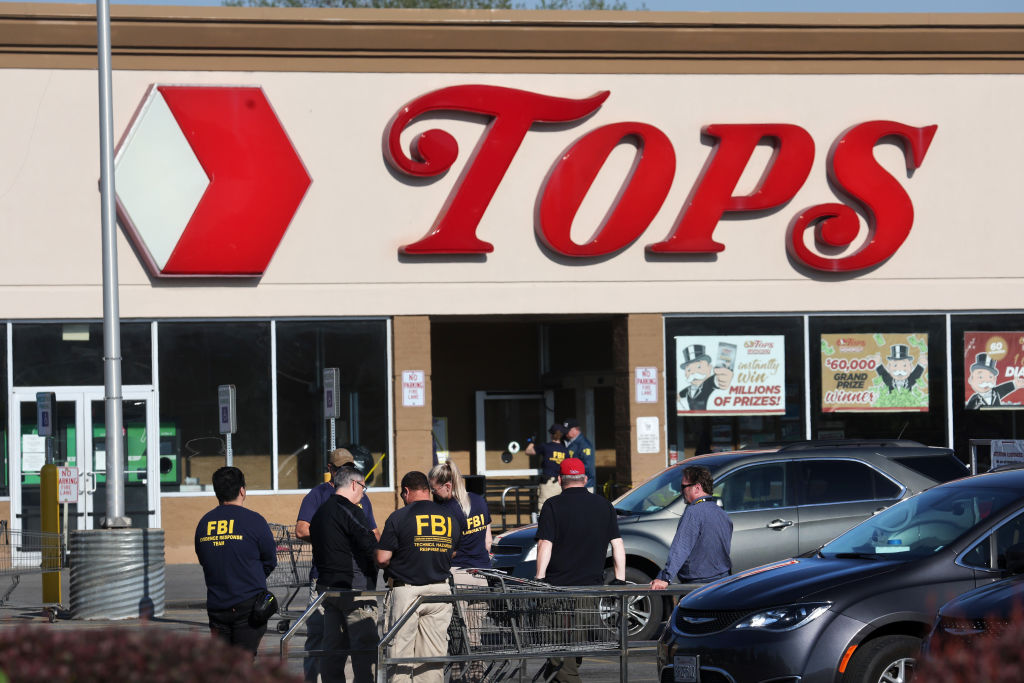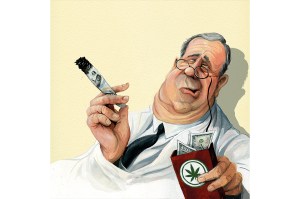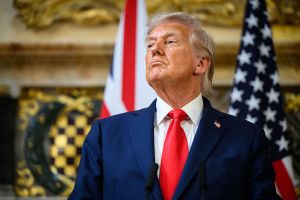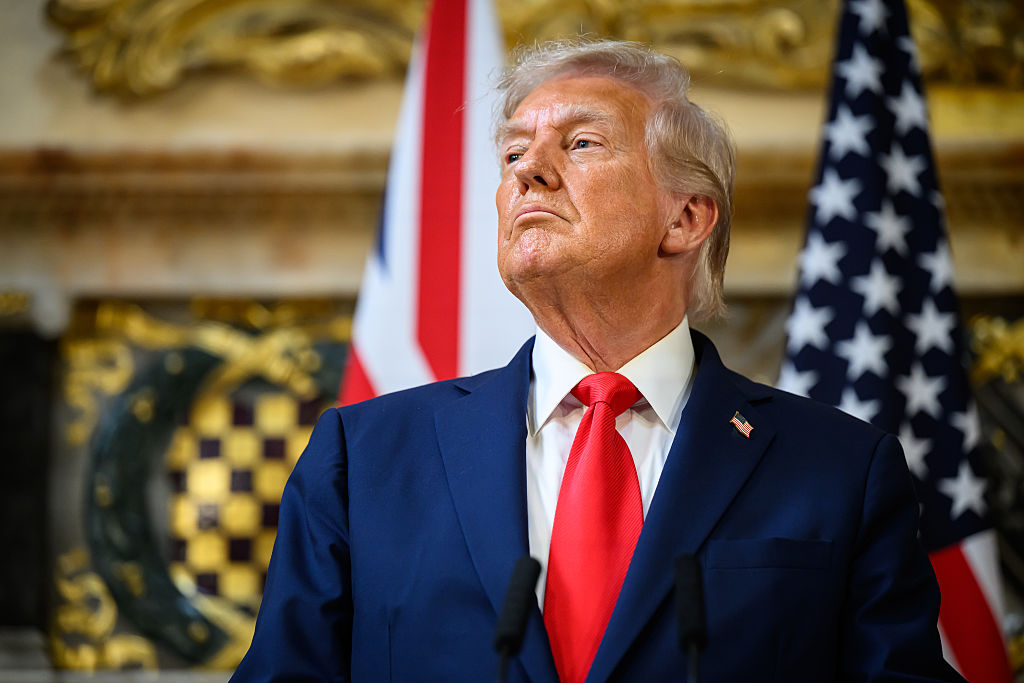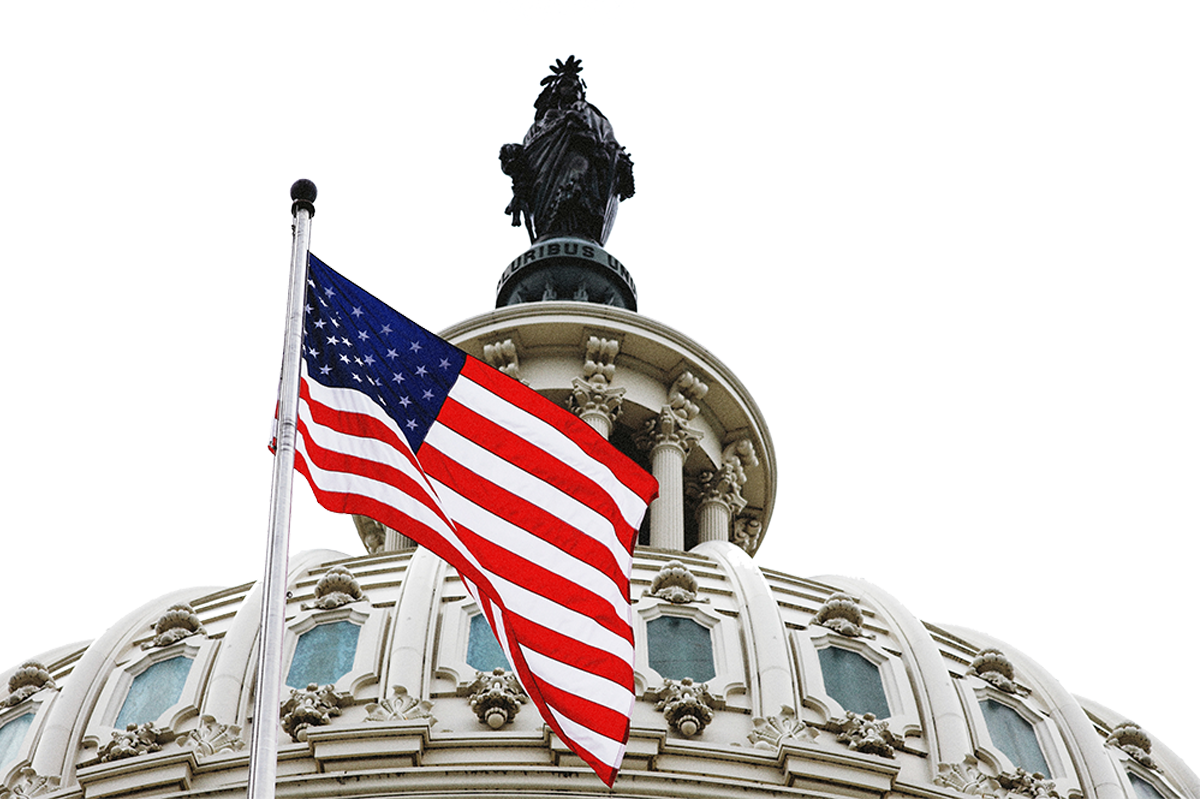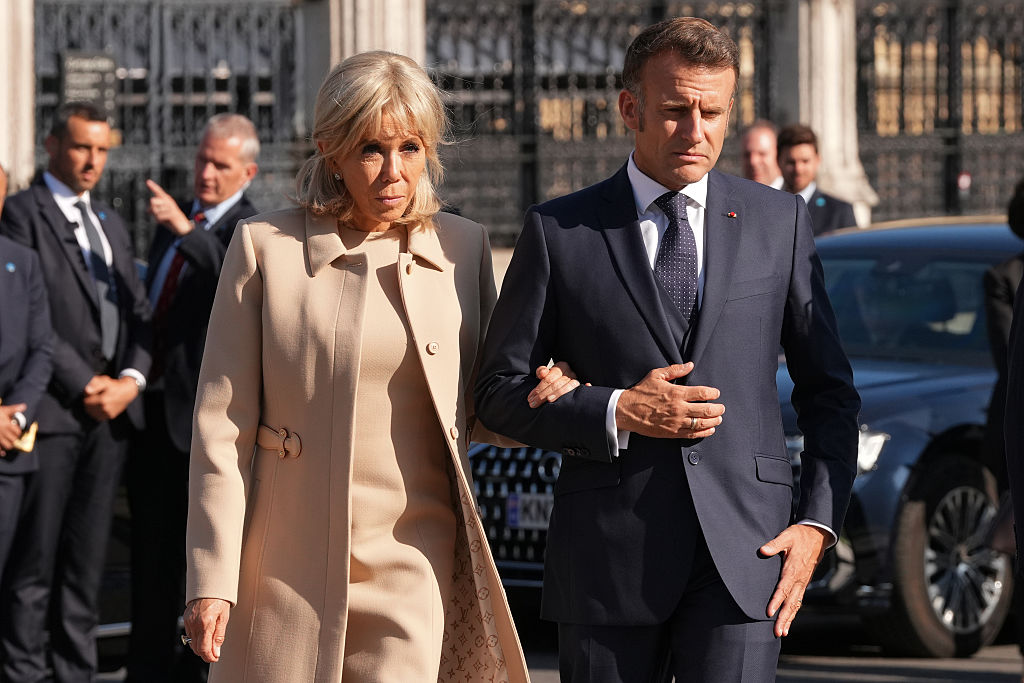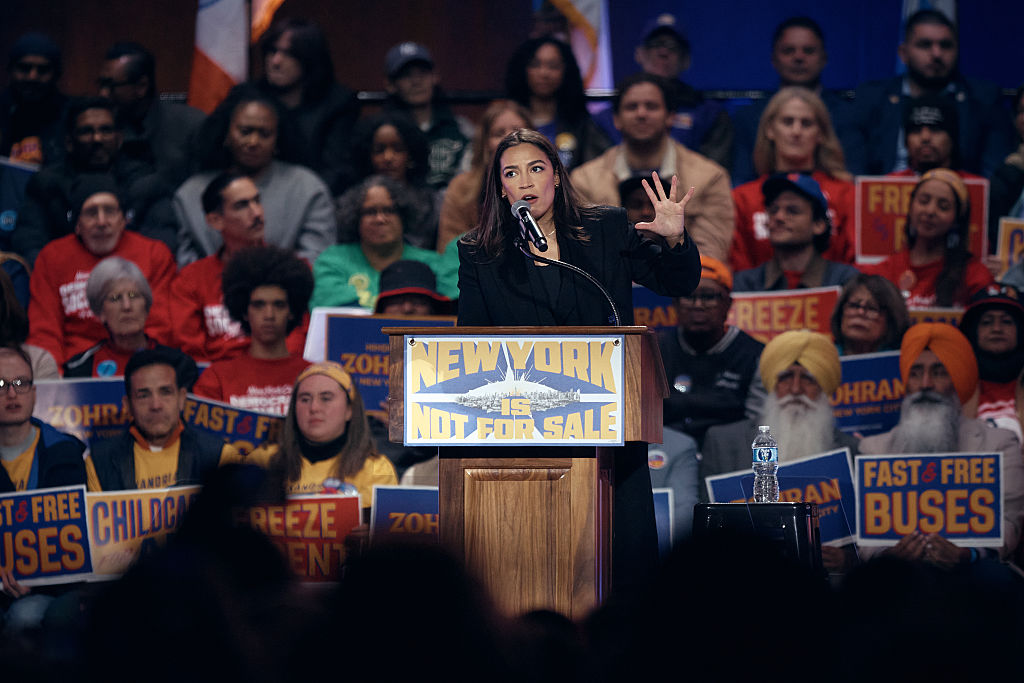If classic horror resides in the banality of evil, modern horror resides in the banality of predictability: yet another deranged man, driven by hate, kills, and the left seizes the opportunity to try and restrict speech, claiming not metal music, not violent porn, not Alex Jones, but social media spurred the shooter from basement to killing ground. This risks the loss of speech rights out of fear.
As the bodies lay on the ground in Buffalo, New York governor Kathy Hochul blamed social media and called for speech restrictions in order to prevent another tragedy. Hochul claimed free speech had gone too far when it allowed someone to shout fire in a crowded theater for the shooter to hear. The governor pledged to “silence the voices of hatred and racism and white supremacy all over the internet.” She went on to call for “national laws” against speech. In the meantime, she wants to hide behind the corporate veil, demanding tech CEOs remove so-called radicalizing content like the Buffalo shooter suspect’s “bone-chilling” manifesto.
The answer to gun violence in Hochul’s mind is to eliminate hate speech. The answer for a democracy clinging to its free speech rights in the face of such challenges lies in critical Supreme Court decisions.
A democracy can’t lock up everyone who stirs up a crowd, even if they use the N-word or other hateful speech to do so. Speech that inspires or motivates cannot be illegal as it is the very stuff of democracy. While in no way supporting the racist thoughts of the Buffalo shooter, it is important to remember that at various times in our nation’s history people sought to silence those who condemned slavery, opposed war, or demanded voting rights for women. At the same time the First Amendment protects the words of a speaker, it also protects him from the actions of whatever those who heard him talk did later.
The first try at restricting “dangerous speech” was Schenck v. United States, which produced Hochul’s misunderstood line about not shouting fire in a crowded theater. It would be for the later case of Brandenburg v. Ohio (Clarence Brandenburg was a KKK leader who used the N-word with malice), which Hochul does not appear to have read, to refine the modern standard for restricting speech.
Brandenburg tightened the criteria to 1) the speech explicitly or implicitly encouraged the use of violence or lawless action; 2) the speaker intended their speech to result in the use of violence or lawless action; and 3) the imminent use of violence or lawless action was the likely result of the speech. Brandenburg is the Supreme Court’s final statement to date on what government may do about speech that seeks to incite others to lawless action.
The key to Brandenburg is intent. You have to prove, not just speculate, that the speaker wanted to cause violence. A hostile reaction from a crowd does not automatically transform protected speech into incitement. Listeners’ reaction to speech is thus not alone a basis for regulation, or for taking action against a speaker. The speaker has to clearly want to cause some specific illegal act and set out to find the words to make that happen. Whatever the Buffalo shooter wrote or read online may have fit such standards, but you can be damn sure Governor Hochul had no idea of the details as she stood demanding censorship with Buffalo as her photo-op background and her excuse.
Hochul was selling fear. Just guessing what the Buffalo shooter might have written (his “manifesto” was quickly pulled offline) would have made it hard to disagree with her, at least on the surface. But we all know where censorship leads Democrats — no free speech around vaccine questions, or Covid origins, or Hunter Biden’s laptop. Hypocrisy is the name of the game, and so protests at Supreme Court judges’ homes and Antifa violence against cops is justified while opposing abortion is silenced. It was Donald Trump and Alex Jones and the NY Post censored off Twitter, after all, not Kathy Hochul and Chuck Todd and WaPo.
Hochul fails to grasp there are no laws against “hate speech” for a reason. What many people think and say is in fact carefully thought out to promote hate, to appeal to crude and base instincts. Indeed, that is their point. Even restrictions on “hate speech” meant to prevent violence, often cited as the justification to restrict such speech, are by design extremely narrow. The 1A is content-neutral, protecting the right to speech independent of the content or value of it.
As another example, the case Matal v. Tam focused on an all-Asian band called the Slants who wanted to trademark their name. “Slant,” of course, is one of a dictionary full of racist terms used to offend Asians. The group wanted to push the word into the world’s face to disarm it, as gay men have done with the term “queer.” The Patent and Trademark Office said the group could not trademark the name because of the disparagement clause, which denies federal trademark protection to messages that may offend people, living or dead, along with “institutions, beliefs or national symbols.”
According to the decision, written by Justice Samuel Alito, the First Amendment protects offensive speech, including the band’s racist name. “The proudest boast of our free speech jurisprudence is that we protect the freedom to express ‘the thought that we hate,’” he said, quoting Justice Oliver Wendell Holmes. “The danger of viewpoint discrimination,” Justice Anthony Kennedy wrote in the Slants’ case, “is the government is attempting to remove certain ideas or perspectives from a broader debate. That danger is all the greater if the ideas or perspectives are ones a particular audience might think offensive, at least at first hearing. To permit viewpoint discrimination in this context is to permit government censorship.”
The Buffalo massacre remains a horrific stain on America. What it does not represent is an excuse to censor. The idea that a killer was sitting contently in his basement until he ran across some social media post and was driven to travel hundreds of miles to take innocent lives is absurd. A terrible act should never serve as an excuse to reduce speech rights in America.



